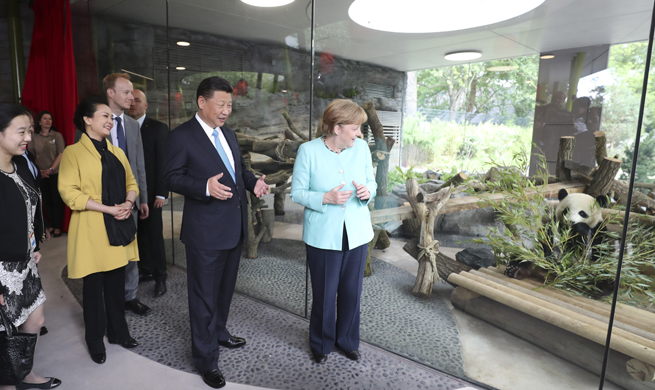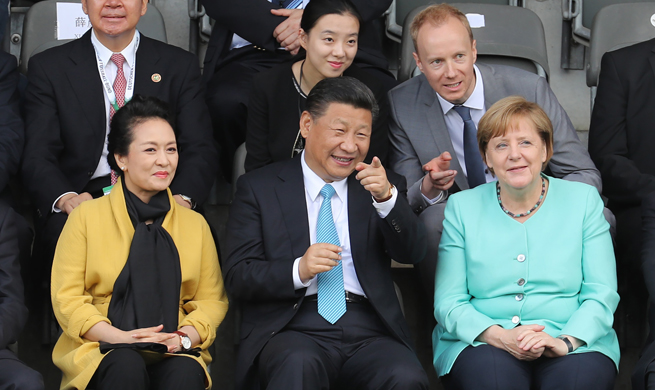LOS ANGELES, July 5 (Xinhua) -- A new "near-zero-power" temperature sensor developed by U.S. engineers runs on only 113 picowatts, 628 times lower than the state of the art and about 10 billion times smaller than a watt.
According to the study, detailed in a new paper published this week in the journal Scientific Reports, this low-power temperature sensor could extend the life span of a battery of wearable or implantable devices that monitor body temperature, smart home monitoring systems, Internet of Things devices and environmental monitoring systems.
Electrical engineers at the University of California, San Diego, believe the technology could also enable a new class of devices that can be powered by harvesting energy from low-power sources, such as the body or the surrounding environment.
"Our vision is to make wearable devices that are so unobtrusive, so invisible that users are virtually unaware that they're wearing their wearables, making them 'unawearables.' Our new near-zero-power technology could one day eliminate the need to ever change or recharge a battery," Patrick Mercier, an electrical engineering professor at UC San Diego Jacobs School of Engineering and the study's senior author, said in a statement.
"We're building systems that have such low power requirements that they could potentially run for years on just a tiny battery," said Hui Wang, an electrical engineering Ph.D. student in Mercier's lab and lead author of the study.
The sensor, developed by the team led by Mercier, works by minimising power consumption in two domains: the current source and the conversion of temperature to a digital readout.
"Many researchers are trying to get rid of leakage current, but we are exploiting it to build an ultra-low power current source," a press release quoted Hui as saying.
Here, researchers are taking advantage of it. Rather than trying to eliminate leakage, the team has used the leaking electrons to power the circuit.
The temperature sensor is integrated into a small chip with a dimension of 0.15 square millimetres in area. It runs at temperatures varying from minus 20 degrees Celsius to 40 degrees Celsius. Its performance is fairly comparable to that of the state of the art even at near-zero-power, scientists said.

















